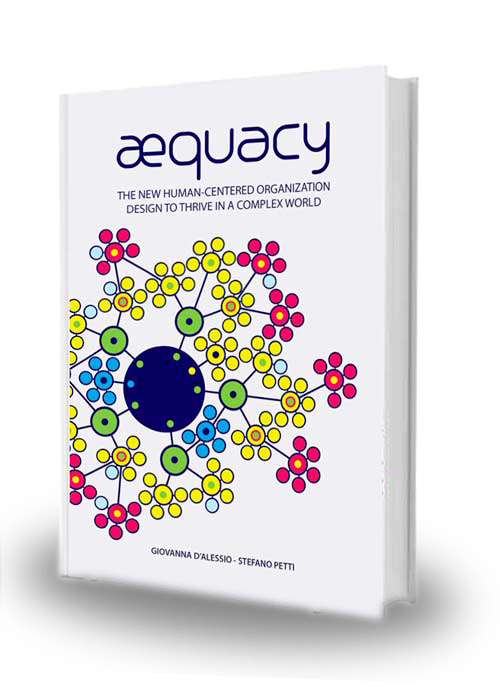Be a SMART Organization

Complexity stems from the increasing, changing and often conflicting needs of the different stakeholders and evolving conditions of markets and technology. Complicatedness refers to the mushrooming of organizational mechanisms (systems, processes, procedures, rules and regulations) that companies adopt in an effort to dominate and control these. The more systems a
company introduces, the less it will be able to take advantage of complexity to create added value and innovate.
The reality is that in response to complexity, most organizations have developed
“complicatedness”.
The number of procedures, structures, performance appraisals and approval processes that organizations have adopted over the past fifteen years has increased dramatically.
The intention behind the proliferation of systems and processes is to ensure control and predictability, but the consequences are costly and the goal remains unrealistic. Excessive processes in fact increase bureaucracy and hinder performance, risk taking and innovation, when increasingly in the future the ability to earn and make a profit of any organization will be directly
related to their ability and ability to learn new things.


It is therefore no coincidence that today we hear more and more talk about the need to create ‘SMART’ organizations, able to operate effectively in complex contexts, in continuous evolution and in conditions of strong ambiguity.
In these organizations, continuous learning and agility are essential characteristics. These aspects allow them to continually evolve and develop any skills required in the future to succeed. In these companies, learning becomes a lifestyle and a continuous process, rather than something that supports a specific part of a person’s career.
In designing AEquacy, the revolutionary organizational model that transcends hierarchy, we took into account these needs and identified some enabling aspects for the creation of a SMART context, then translated into four principles that apply to the redesign of the organization’s systems and processes:
team will share the way in which the work is done, what policies it adopts for good governance and what the status of the projects it is working on – all in a very transparent way.
In designing AEquacy, the revolutionary organizational model that transcends hierarchy, we took into account these needs and identified some enabling aspects for the creation of a SMART context, then translated into four principles that apply to the redesign of the organization’s systems and processes:
team will share the way in which the work is done, what policies it adopts for good governance and what the status of the projects it is working on – all in a very transparent way.

Discover the Organizational Design of the future, a company with no bosses and no hierarchical structure.
Start here your company’s journey to increase:
Speed
Performance
Collaboration
Innovation
AEquacy – The New Human Centered Organizational Design to Thrive in a Complex World.
“An important contribution to our understanding of the structural changes necessary to promote
organizational collaboration and innovation. Highly recommended.”
Michael J. Gelb
(Author of How to Think Like Leonardo da Vinci and Innovate Like Edison)
Download the first chapter FOR FREE
Discover the Organizational Design of the future, a company with no bosses and no Hierarchical Structure.
Start here your company’s journey to increase:
Speed
Performance
Collaboration
Innovation
AEquacy – The New Human Centered Organizational Design to Thrive in a Complex World.

Download the first chapter FOR FREE
“An important contribution to our understanding of the structural changes necessary to promote
organizational collaboration and innovation. Highly recommended.”
Michael J. Gelb
(Author of How to Think Like Leonardo da Vinci and Innovate Like Edison)


